Cheerleading: the battle for recognition
All Star Cheerleading is one of the fastest growing, most-inclusive team activities around, but the road to vital funding is still ongoing
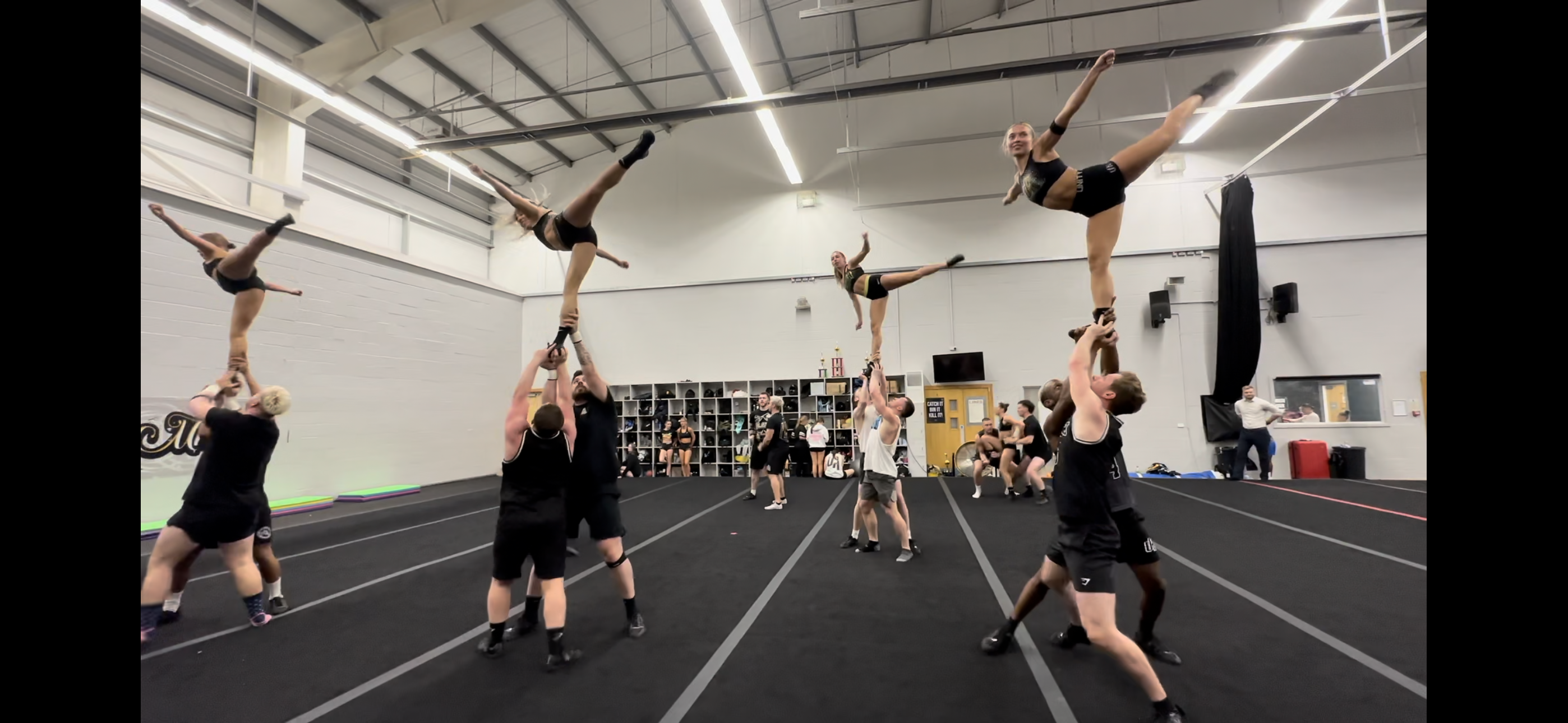
First off, what is All Star Cheerleading?
Well, if you watch pretty much any American teen movie you’ll know what High School American Football cheerleading looks like. A team of cheerleaders at the side lines of a football pitch yelling crowd rousing cheers like ‘go Razorbacks, go’, waving team coloured pom poms and performing a few stunts. But in All Star cheerleading you can forget the pompoms; they just get in the way! These are competitive teams, combining acro, gymnastics, dance and jumps. There are seven levels in total from novice to elite and adaptive abilites & special abilities categories too making it a hugely accessible competitive national and international sport.
Yet because it is not officially recognised as a sport in England, it currently faces struggles for vital funding – and wider recognition.
Tori Rubin, Team England co-manager, said: “Competitive cheerleading is a sport in its own right.
“What the elite athletes have to be able do and showcase at the top end of this sport is really quite something. I think that’s why the recognition is so important.
“Yes, because of the funding because it would be incredibly valuable - but also because there’s still a misunderstanding of what competitive cheerleading actually is.”
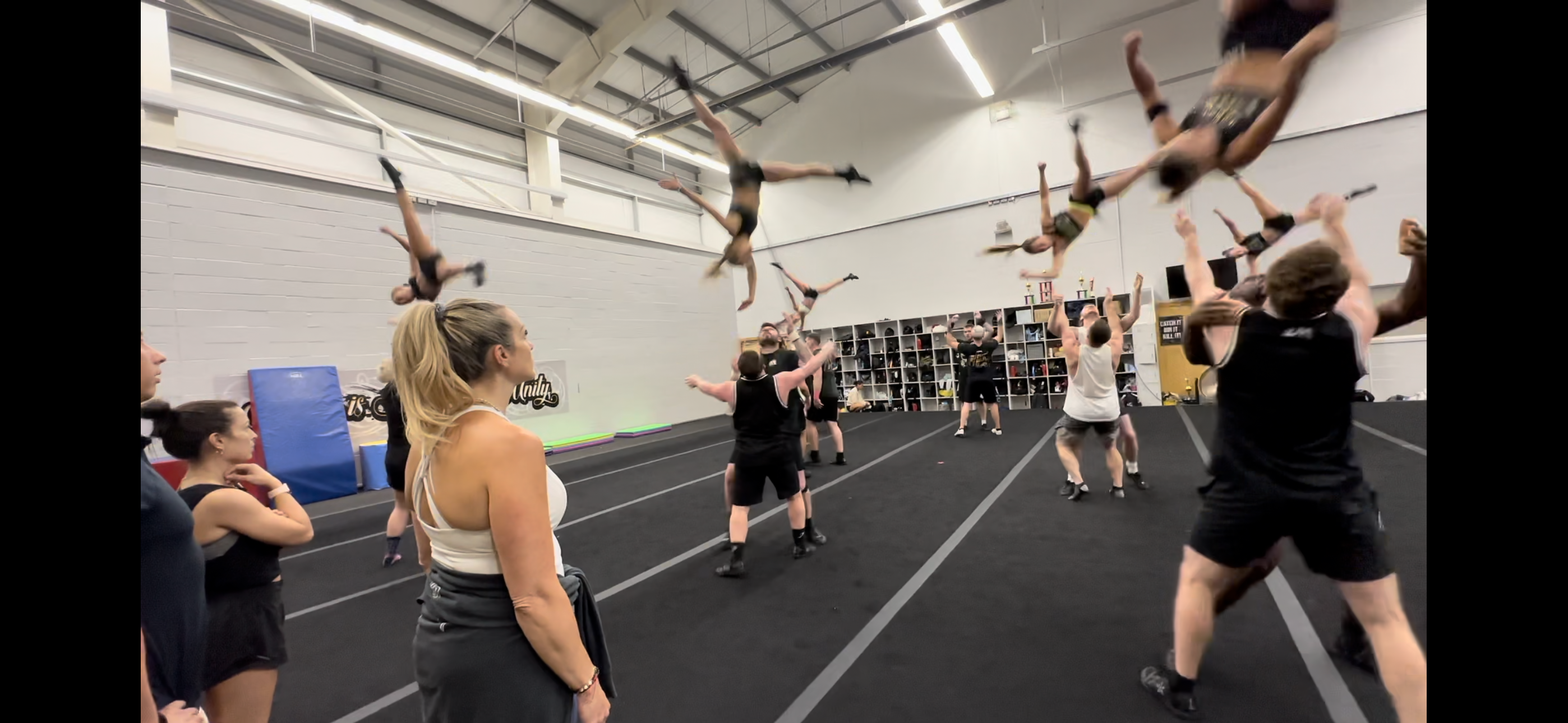
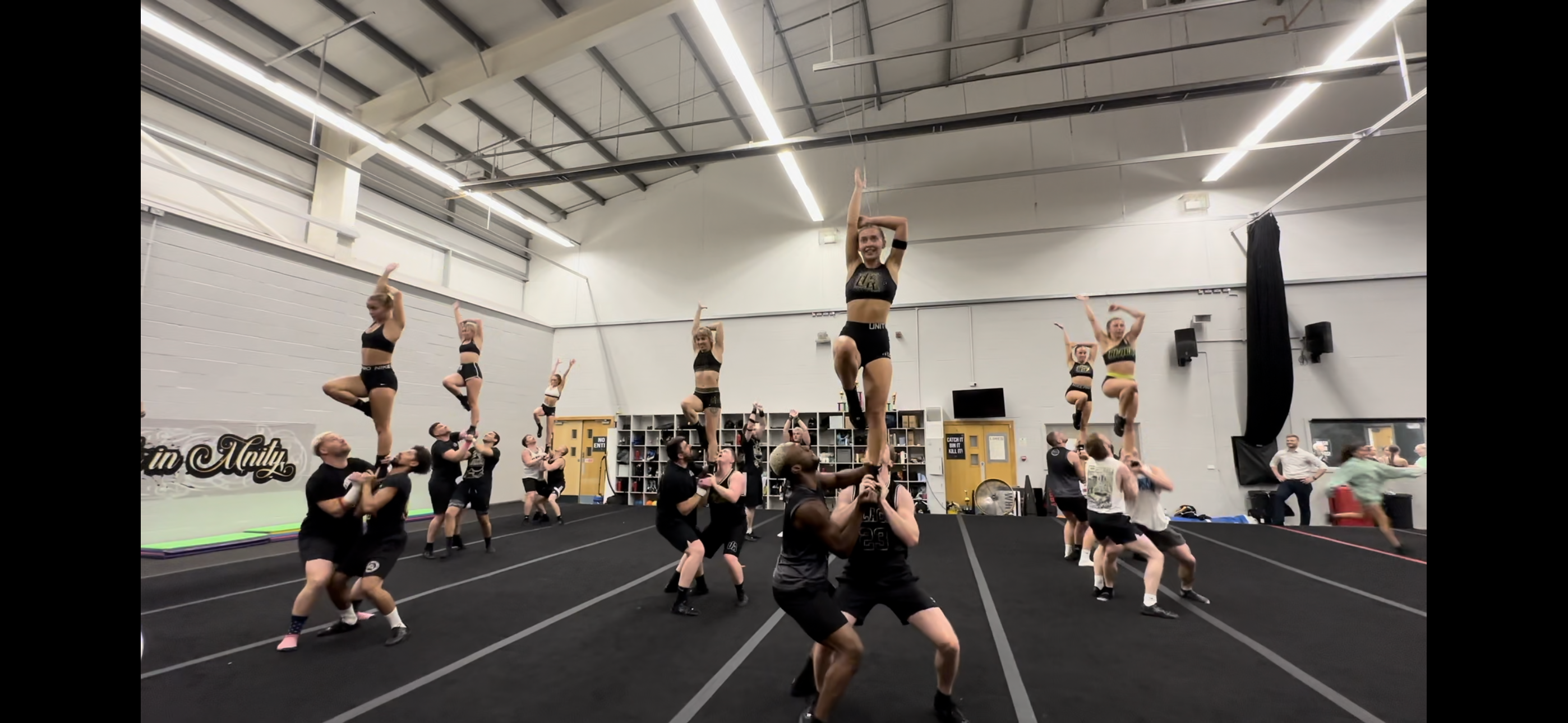
Sport England, the government body responsible for developing grassroots sport in England, does not yet consider it a sport… though that may change in the near future. In 2021, it was finally recognised by the International Olympic Committee, making it eligible as a possible future Olympic sport.
Despite its obstacles, cheerleading has gained huge traction over the last 20 years, with more than 89,000 participants in the UK and more than 900 teams in England alone.
And the greater interest has led to international success: Rubin’s own team, Unity Allstars, won three world titles at the recent USASF Cheerleading World Championship in Florida last month.
But competing is not cheap.
All Star Cheerleading on the whole is a self-funded sport which can cost an athlete around £2,500-a-year if they compete in the yearly ICU or USASF world competitions.
For some athletes this means that, despite them having the skills required to compete on the world stage, they have to make the heart-breaking decision to walk away from the sport at elite level.
The cost of elite cheering
Bobby Heap, a member of the Level 7 team Unity Allstars Black, said: “This season was a real maybe for me because I’m trying to make some decisions about long-term things like the future and the cost of doing cheer, especially if you’re on an international team and taking it to America.
“Everyone knows how much it costs to get to America just on flights, but there’s a ton of other stuff involved you’ve got gym hire, car hire, food while you’re out there. It’s a significant consideration for a lot of people.”

Bobby, much like many other All Star cheerleaders, has a full time job on top of his cheer career which helps fund his way through the sport.
A world away from the explosive energy of the gym, he spends his days working as a financial analyst for a rating agency.
Bobby said: “So I basically look at numbers all day and it’s very static, one thing that’s great about cheer is it’s the complete opposite!
“I’m in a position now where I’m still making that decision as to whether or not I could do another year but when you commit to the team, when you love your teammates and when you know your coaches are backing you, the passion really pushes you through”
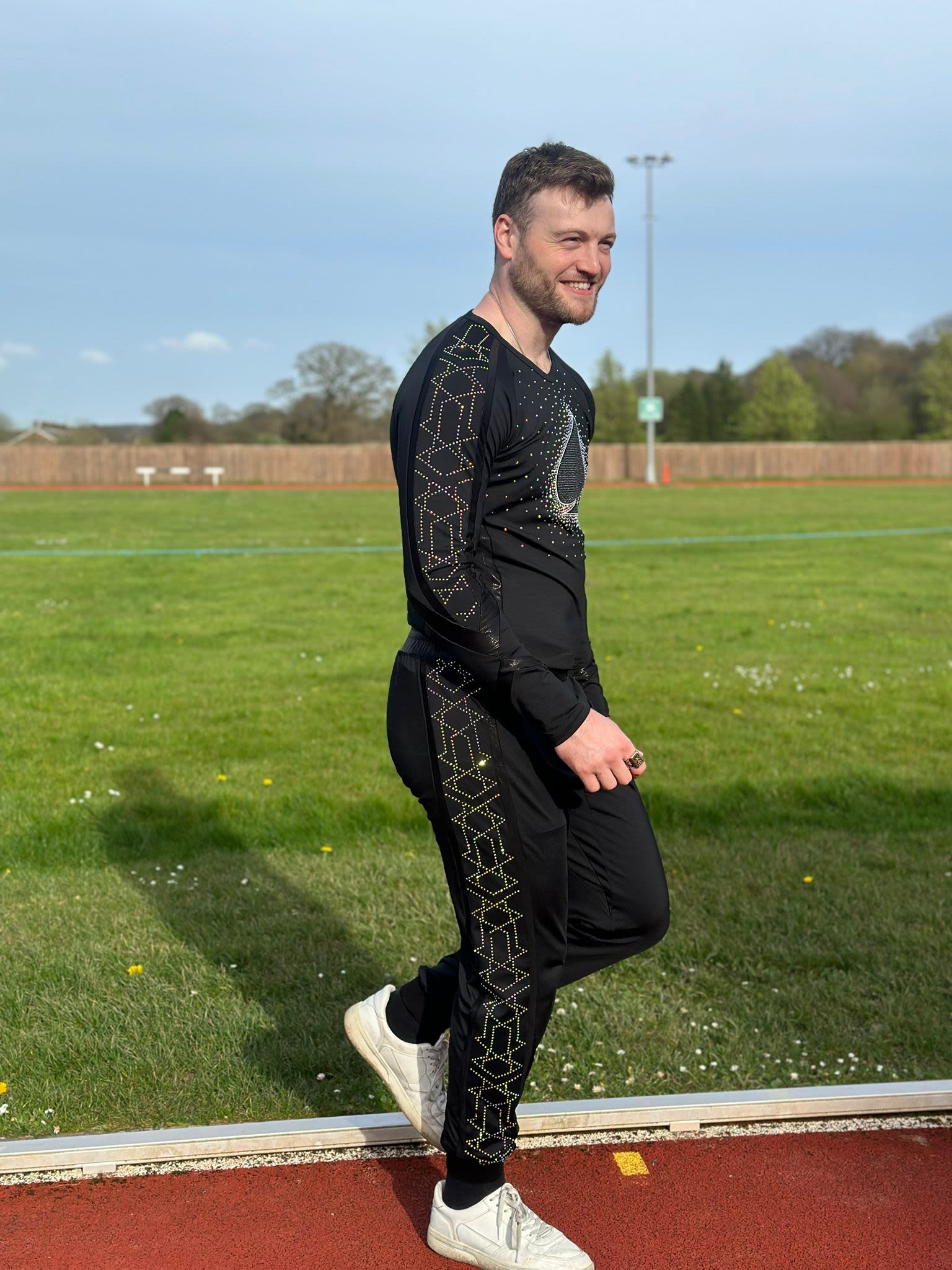
So what is it that keeps athletes coming back to the sport?
Paige Holland, 21, works a 9-to-5 in recruitment, but also cheers alongside Bobby on the elite World Championship team Unity Allstars Black.
Paige said: “I honestly love the sport, it’s kind of my escape so I want to come here after a long day at work, and the people that you meet here as well, it is honestly like family and on a team like this, with the things you can achieve! You honestly can’t compare it to anything else.”
On the status of the sport in England, Paige said: “I think it’s very underrated and people don’t understand actually how much hard work it is, and it should definitely be more recognised.”
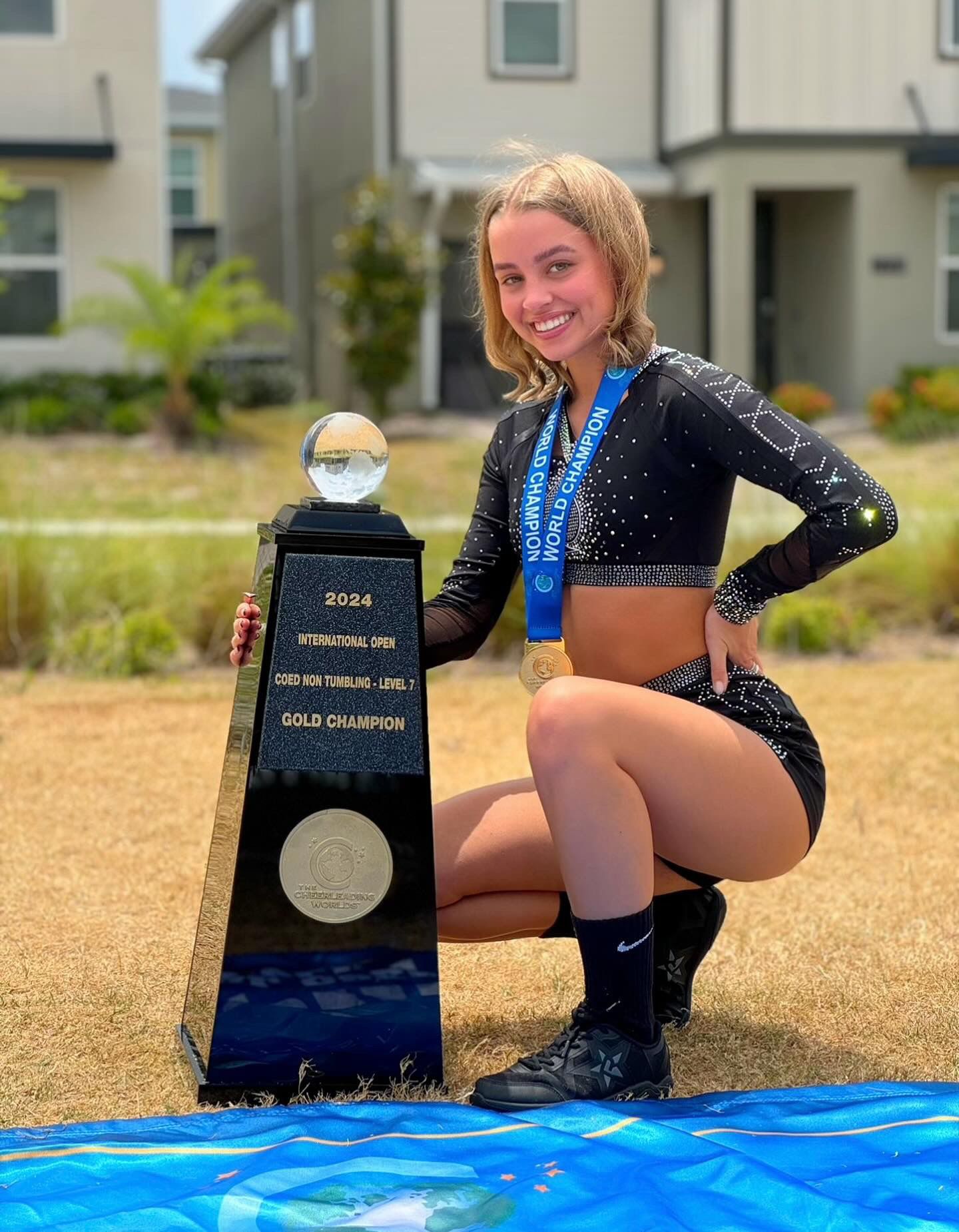
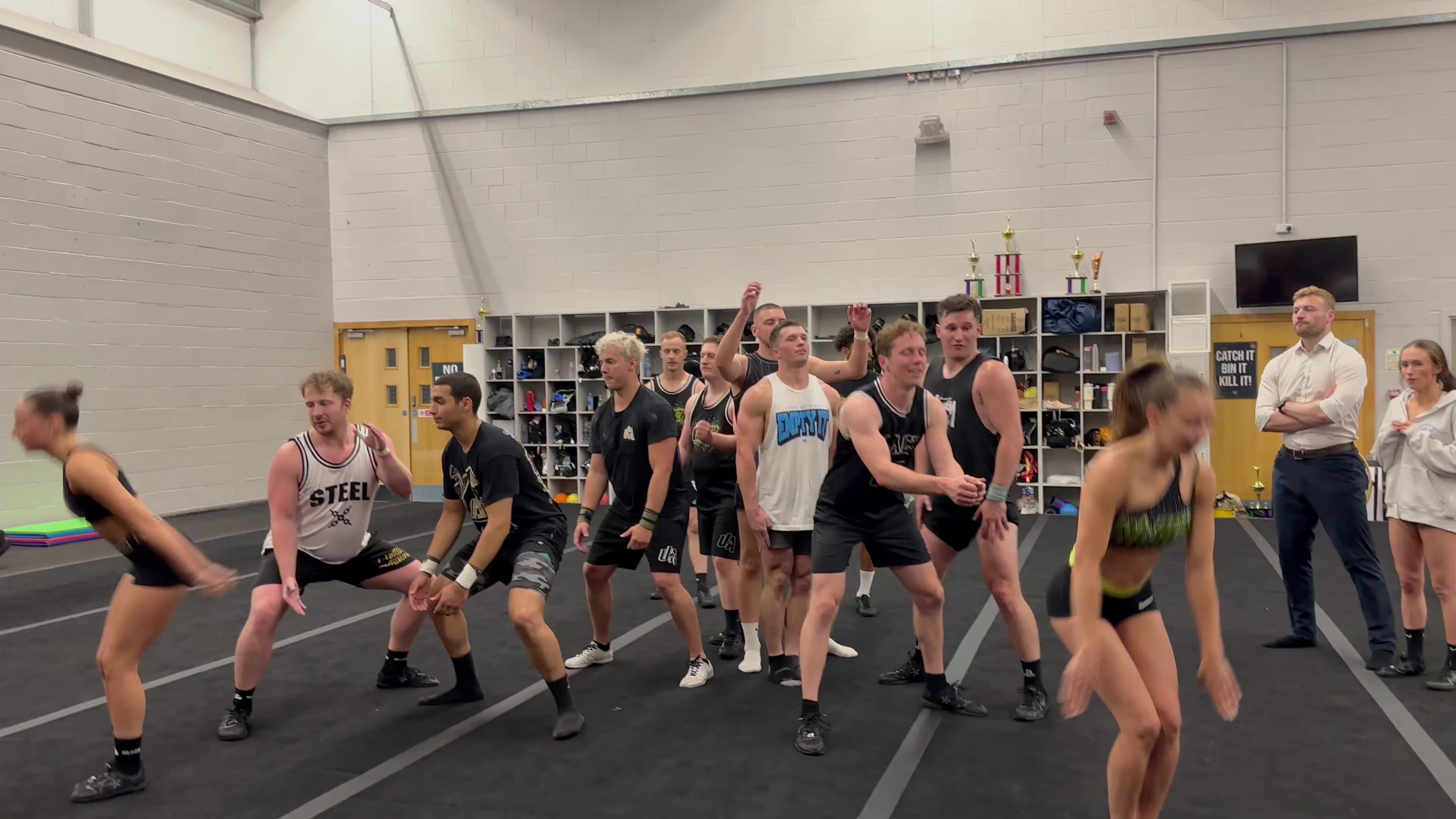
So what has been done so far to help Cheerleading gain more support and sporting recognition?
SportCheer England is a volunteer-led National Governing Body which works from a grassroots level to ensure that cheerleading thrives on the national and global stage. In 2020 they first approached Sport England to look at the process of getting cheerleading formally recognised as a sport.
Although it has now been four years since the discussions first started, Angela Green, a Board Director of SCE says there is a lot of necessary work that has been carried out to meet the right criteria for sport status.

Green (pictured left) said: “In 2020 SportCheer England moved from a small committee set-up, to a formal Board of Directors, and began developing the framework for a structured National Governing Body.
“At this point, we entered into discussions with Sport England to look at the process of getting cheerleading formally recognised as a sport, and SportCheer England recognised by Sport England as the National Governing Body for Cheerleading in England. The recognition process with Sport England requires a minimum of two years engagement.
“We had begun the process of meeting these requirements in 2020, when Covid-19 hit and our focus had to rapidly shift to the development of Return To Play Guidance for the DCMS and Public Health England setting us back by at least 12 months in our sport recognition application process.”
She added that sport status and NGB recognition will allow recreational and community clubs to access funding pots at a local council level that are ringfenced for recognised sports.
These funds can be used to rent suitable training venues, purchase equipment and even provide professional development training for coaches - all of which they may not currently be able to self-fund.
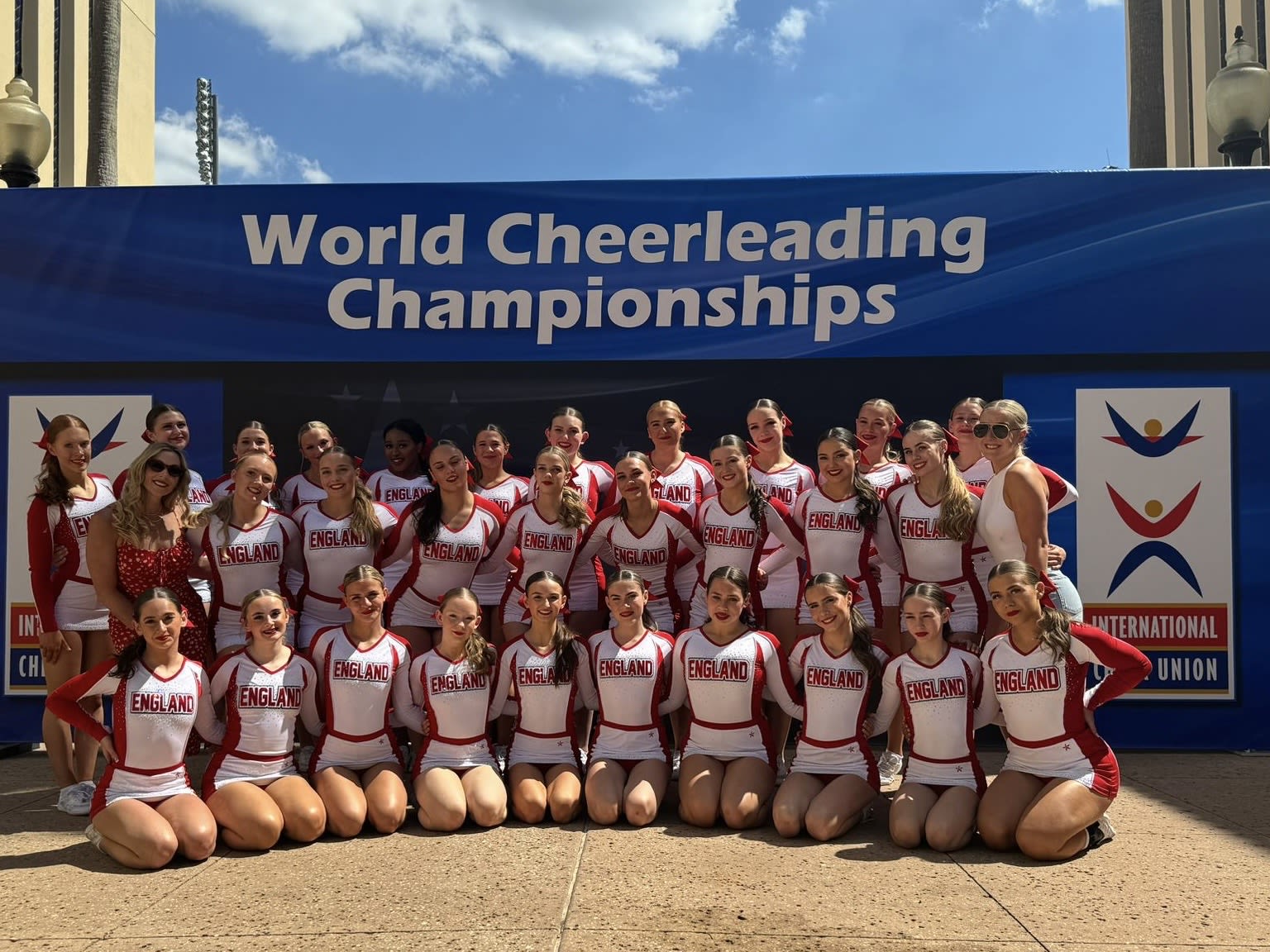
The hard work of Tori, Angela and the whole SportCheer England organisation has been an incredible journey so far with the National squad, Team England being a prime example of the payoff.
Tori said: “I co-manage Team England with Angela Green, we took our first team to the ICU World Championships back in 2014. It was a great experience but since then the programme has grown and grown, and we’ve actually just won our seventh world title.
“We have taken hundreds of athletes through Team England and they have just had some of the most amazing experiences and English Cheer is well and truly on the map as a result of that.
“The sense of pride and patriotism is amazing; it really is such an incredible experience for those athletes to walk out on the world stage wearing red and white. It’s one of the greatest achievements of my cheerleading career for sure.”
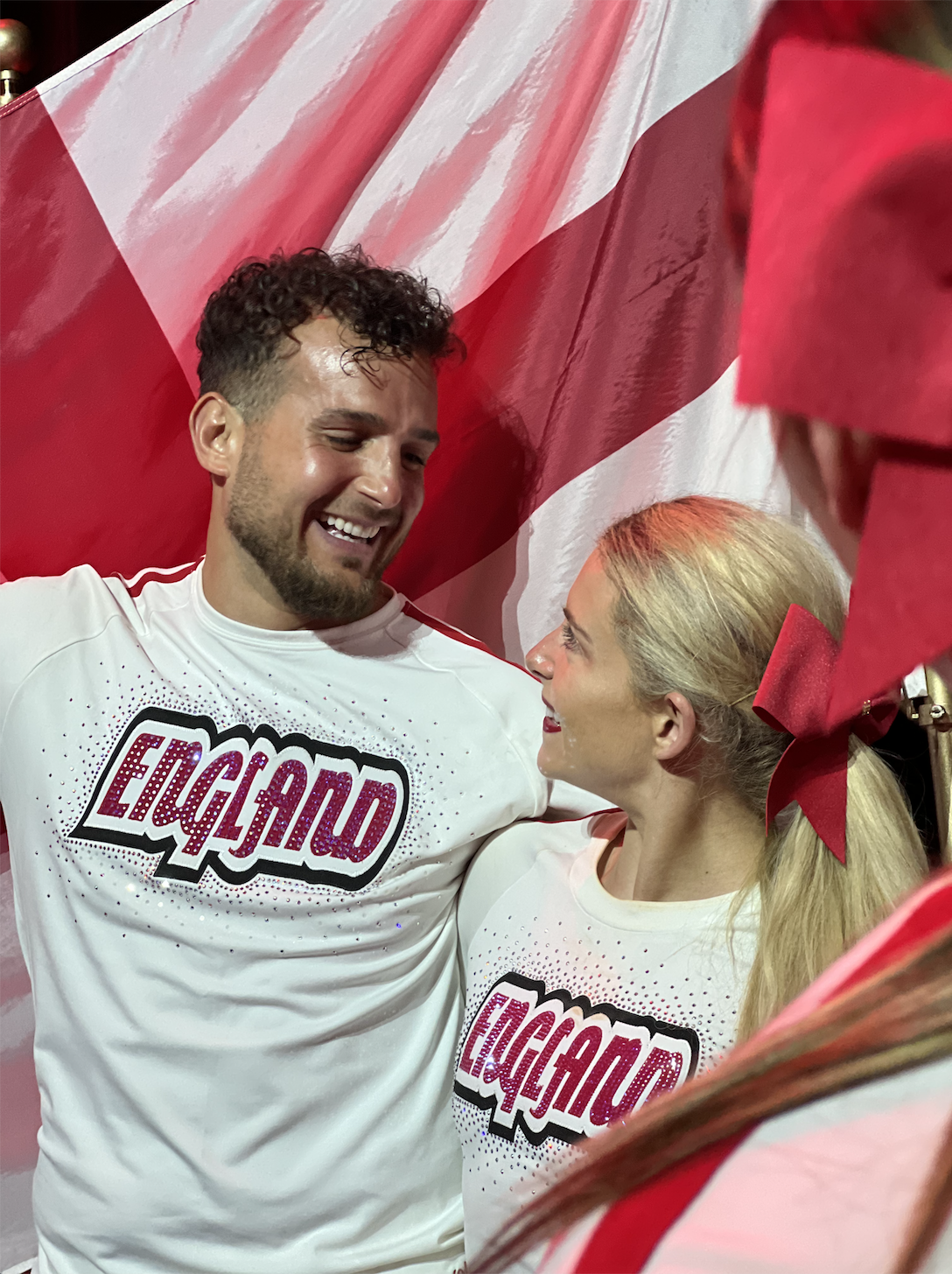

SportCheer England plan to put in an application to Sport England next month. This application will be the culmination of the process they began in 2020.
If they are successful it will open up additional levels of support to them as an NGB which will allow them to better support all their clubs in areas of advice, training, guidance, safeguarding, resources etc and allow them to apply for funding to start developing an operational staff.
